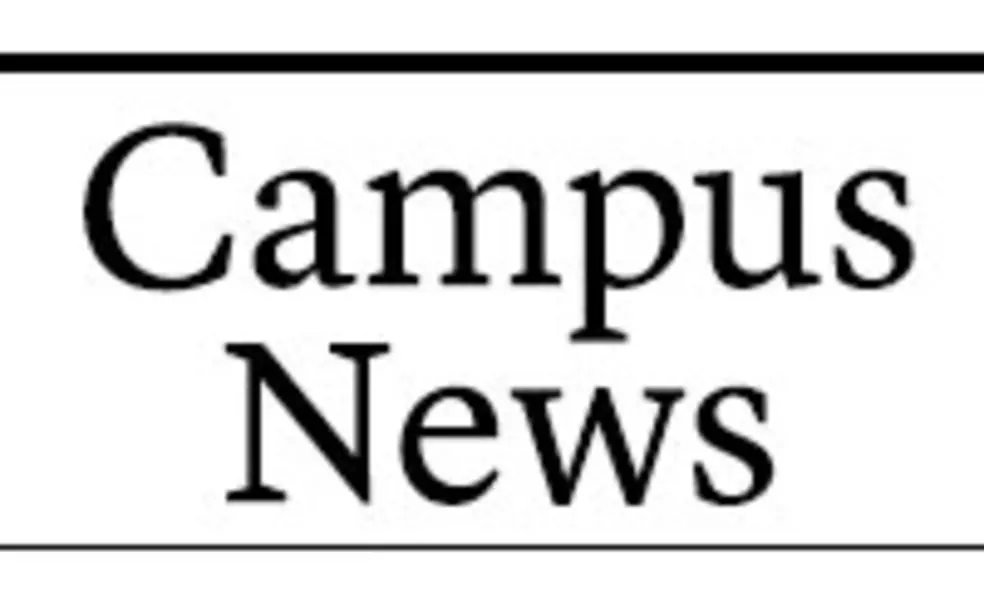Undergraduate women underrepresented in leadership, academic prizes
A yearlong study has documented that women at Princeton are underrepresented in the most visible undergraduate leadership positions and as recipients of major academic prizes, disparities that have existed for the past decade.
“By and large, women feel that they are not expected or encouraged to fill certain types of leadership positions – but not that they are not entitled to fill them,” the Steering Committee on Undergraduate Women’s Leadership wrote in a 100-page report released March 21.
The committee was charged by President Tilghman with exploring how students define and experience leadership and “the critical question of whether women undergraduates are realizing their academic potential and seeking opportunities for leadership at the same rate and in the same manner as their male colleagues.”
The committee found an “upward trajectory” of women holding the top posts in key campus organizations (student government, the Honor Committee, The Daily Princetonian, class president) as the numbers of women increased during the 1970s through the 1990s. But it found a “striking” downturn in these numbers during the 2000s.
The report also found that while women in general have higher grade-point averages and receive more honors and high honors, men dominate “the very highest levels” – as well as the lowest levels – of academic achievement.
“I want to avoid generalizing to all women, but many alumnae and students tell us that they prefer working behind the scenes in ‘high-impact’ but not ‘high-profile’ jobs,” Professor Nannerl Keohane, who headed the committee, said in a statement. “Perhaps more women than men feel comfortable in these roles – for whatever reason. This expressed preference is something we need to understand and honor; but we should also recognize the advantages to the individual and to the University of having more women in high-level posts.”
Women who attended Princeton in the early years of coeducation “regarded themselves as pioneers and demonstrated notable courage and self-confidence,” the report said. But the committee found that women students today “tend not to invite the vulnerability associated with running for office or pursuing a leadership role unless they are explicitly encouraged to do so.”
Committee members said that such traits are reflections of societal norms, though they may be intensified by aspects of the campus environment.
Among the committee’s recommendations to provide “parity of opportunities” for men and women are an increase in mentoring, leadership training, and a revamping of freshman orientation activities.
Read full coverage of the report on undergraduate women’s leadership in the April 6 issue of Princeton Alumni Weekly.













No responses yet